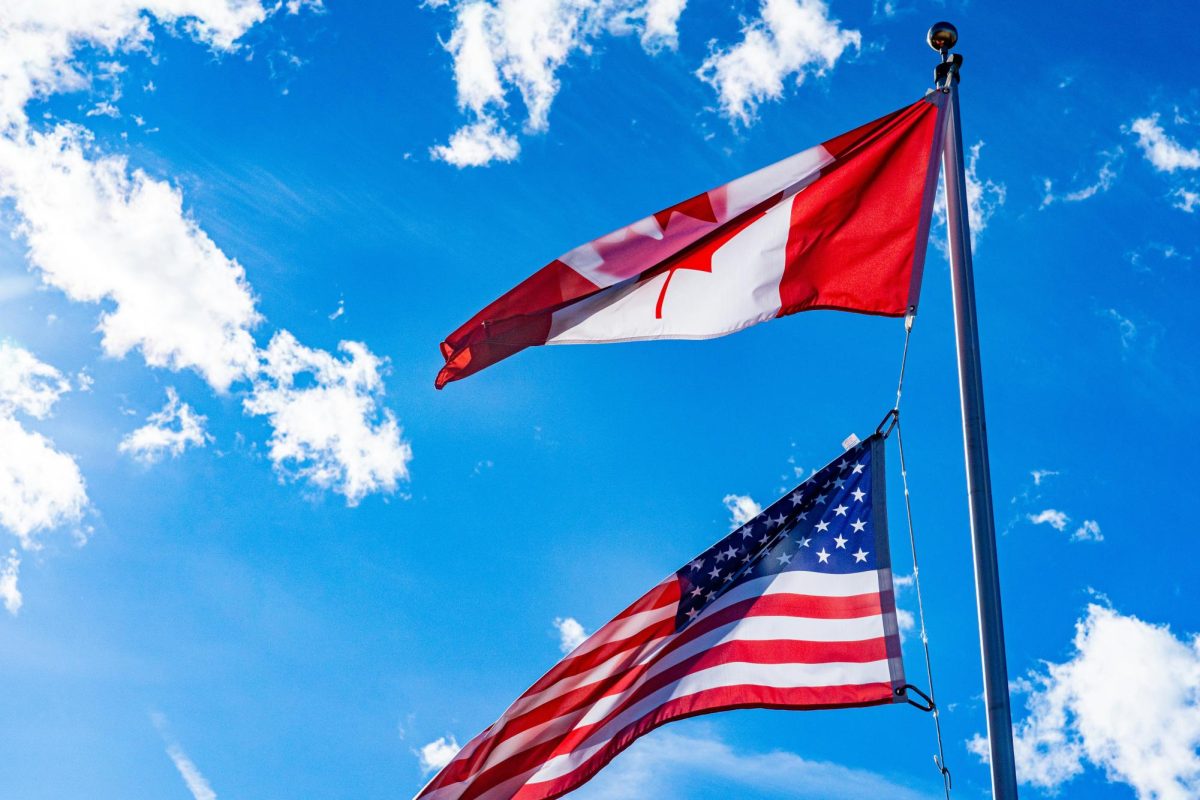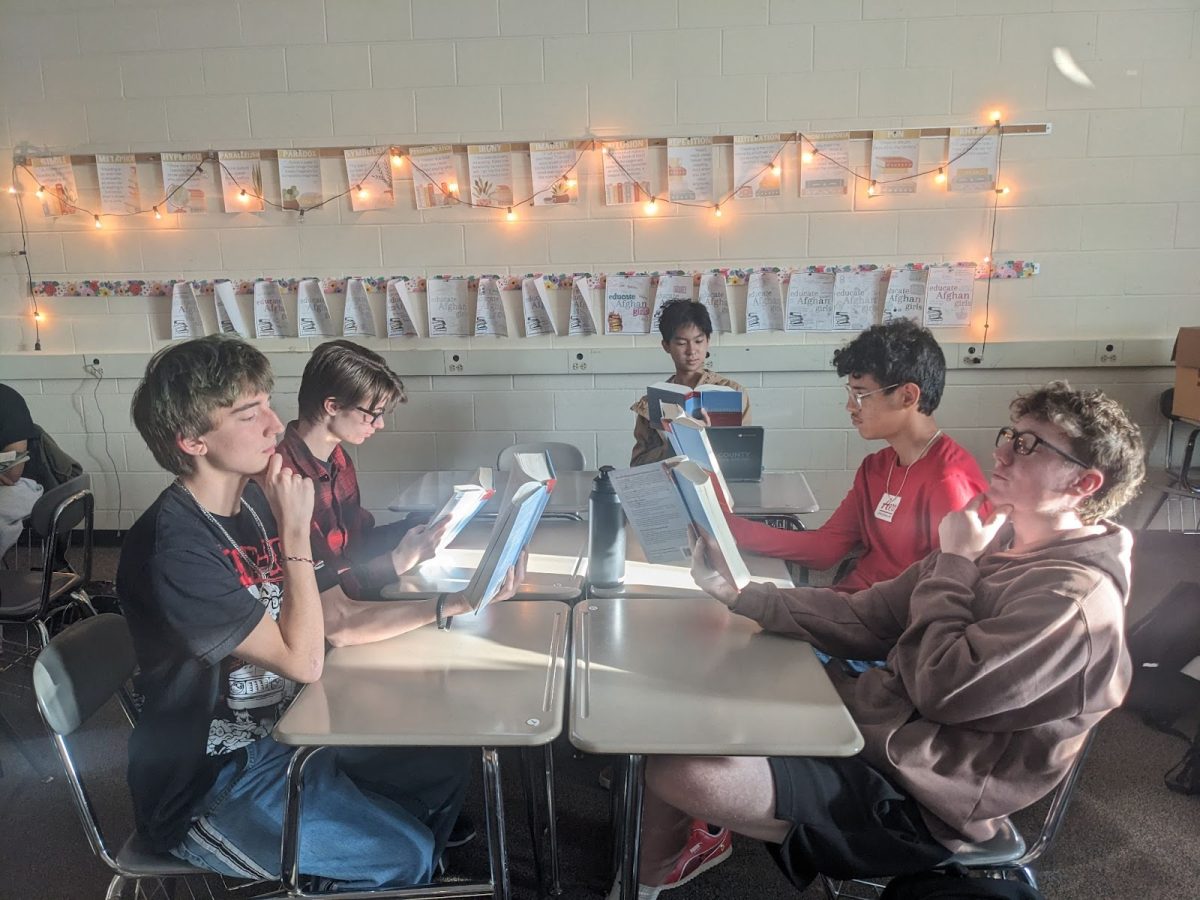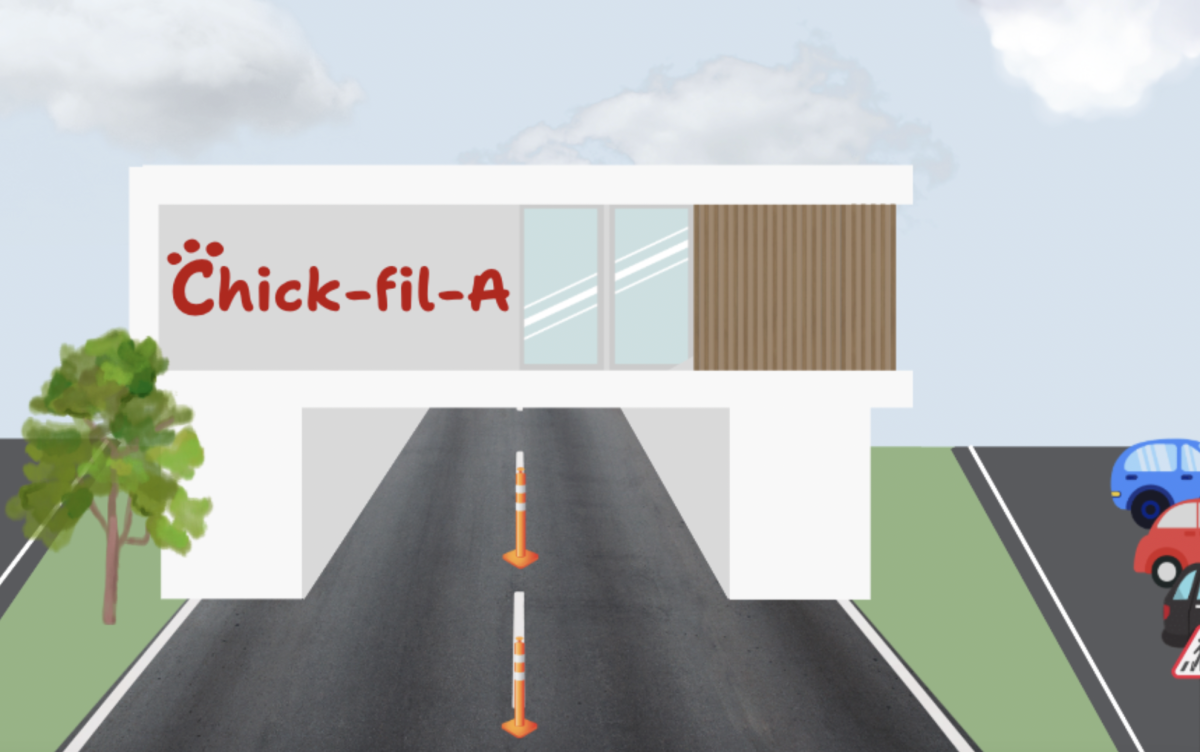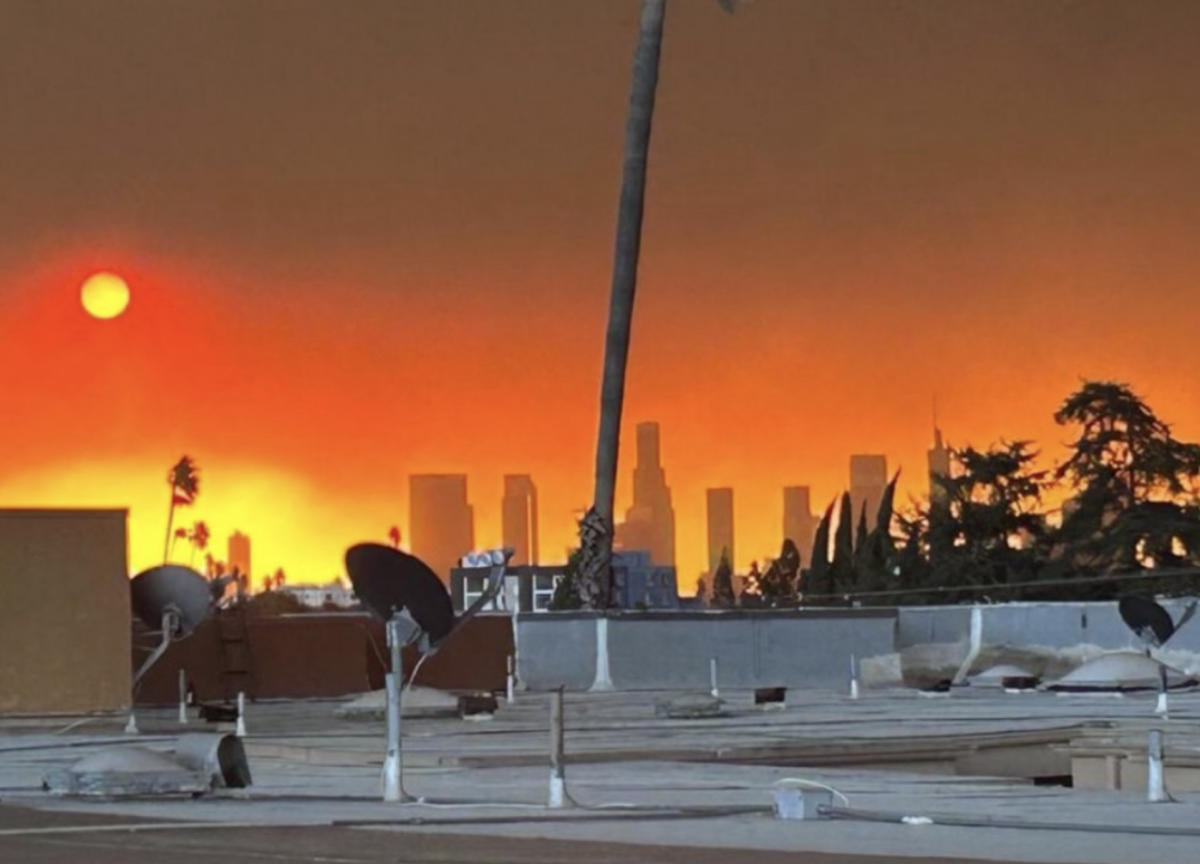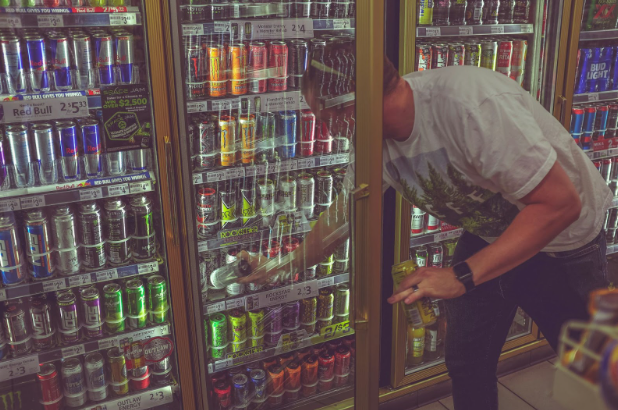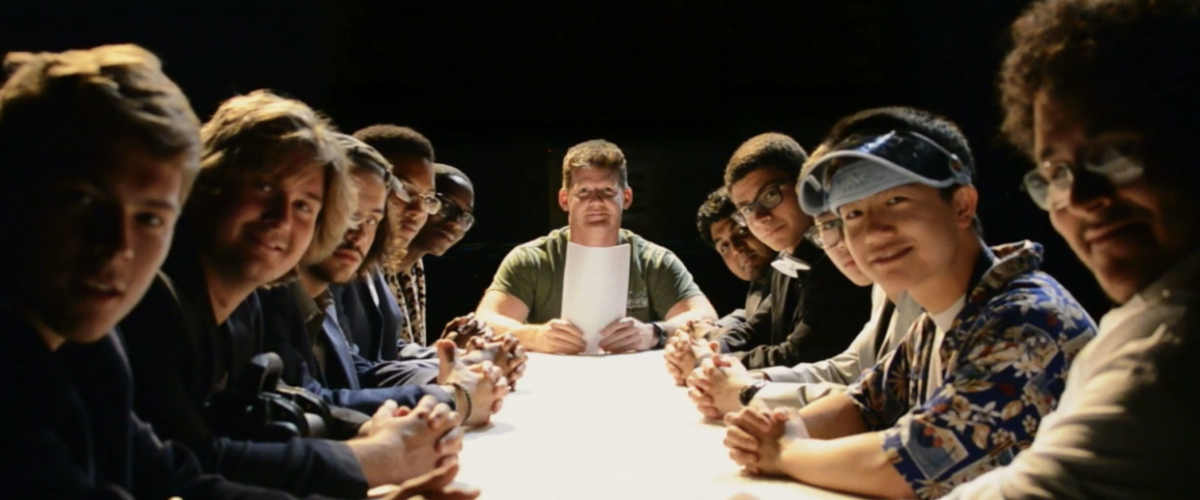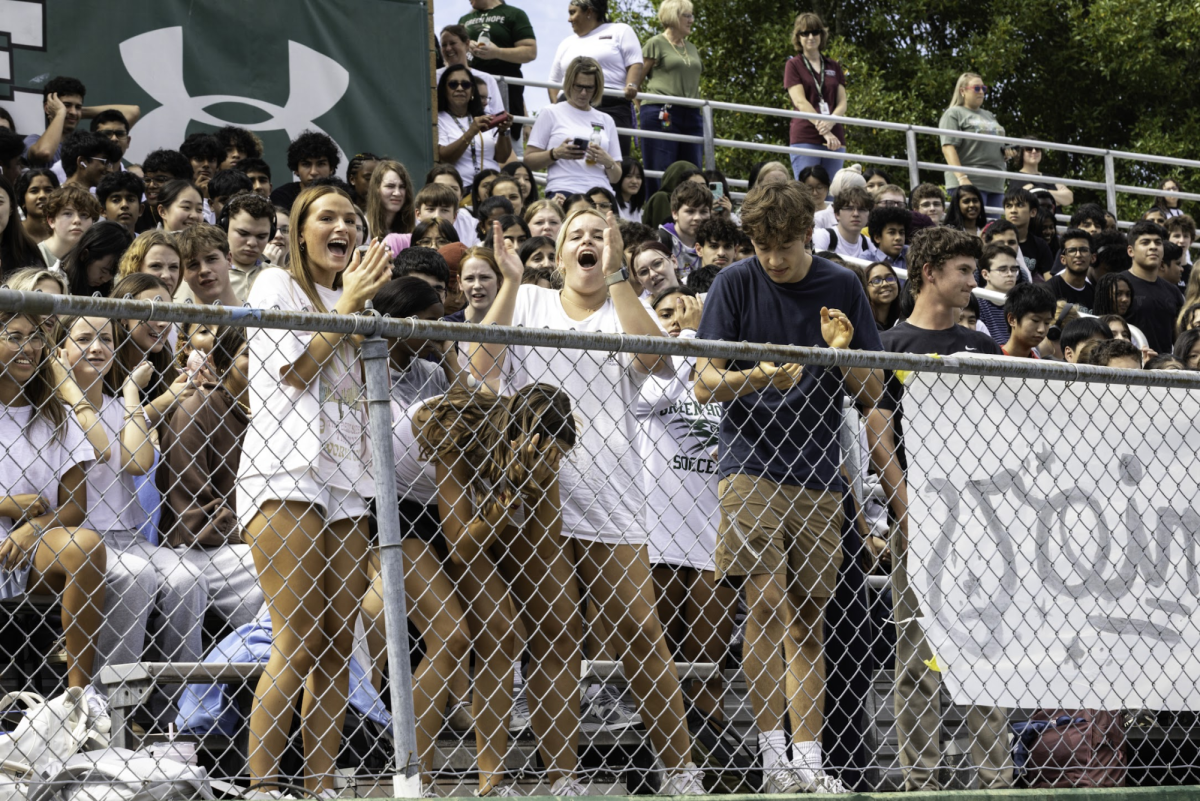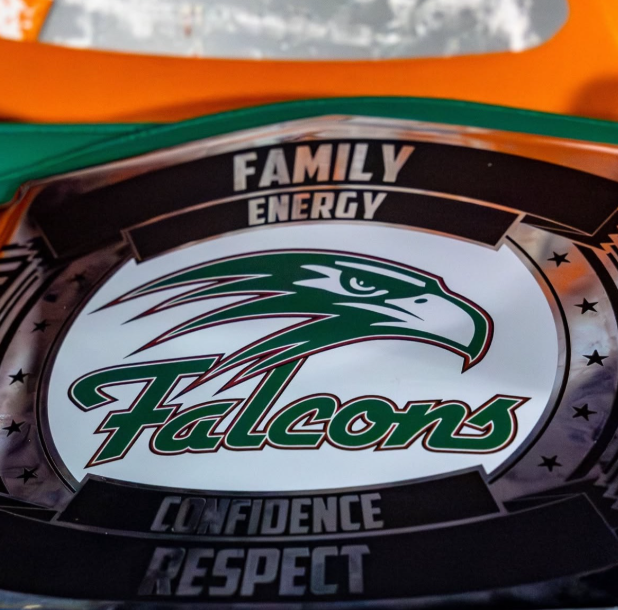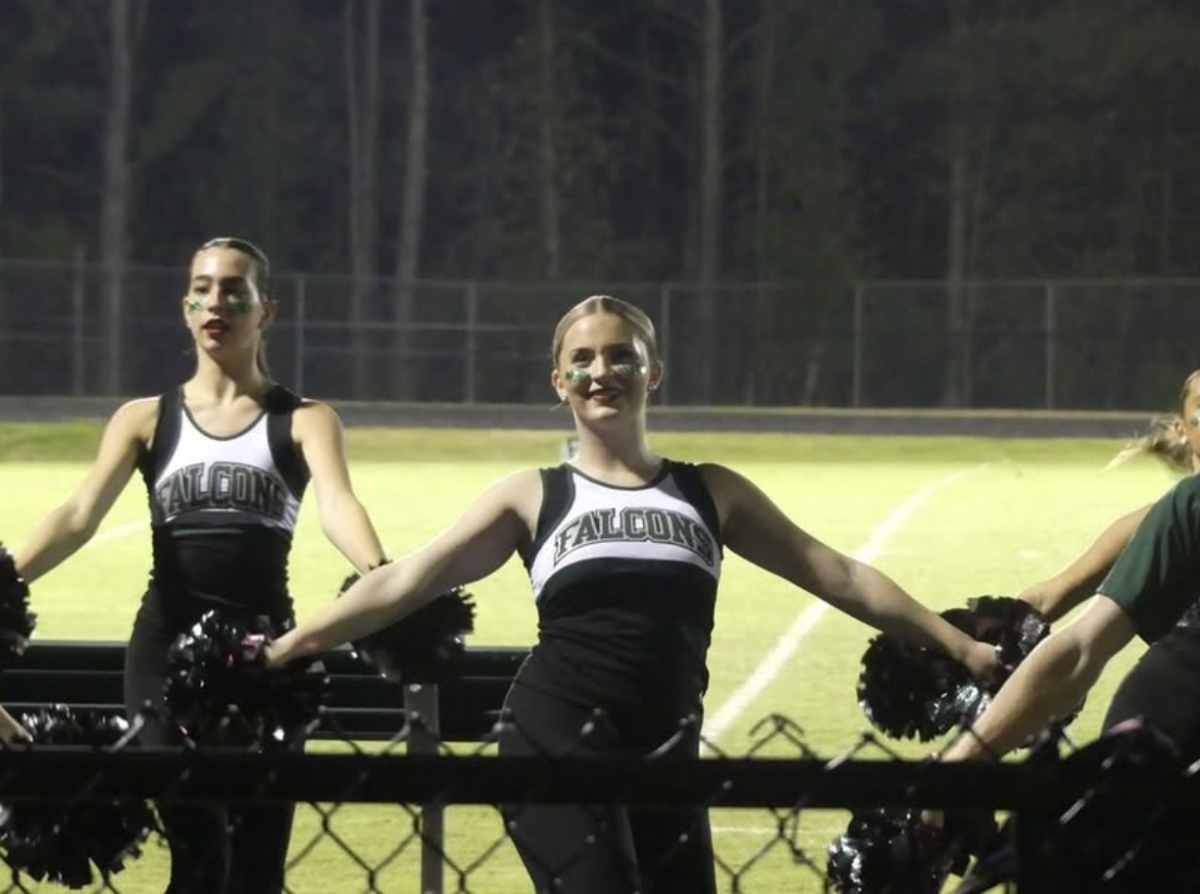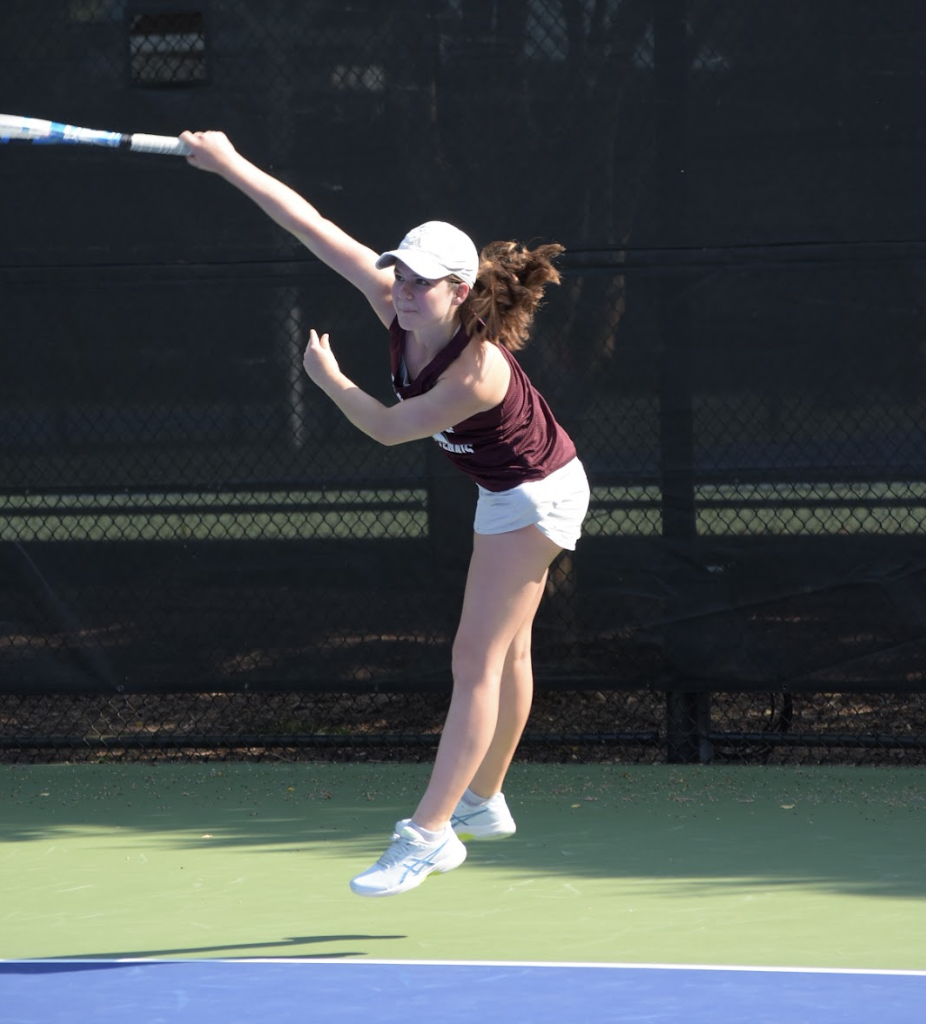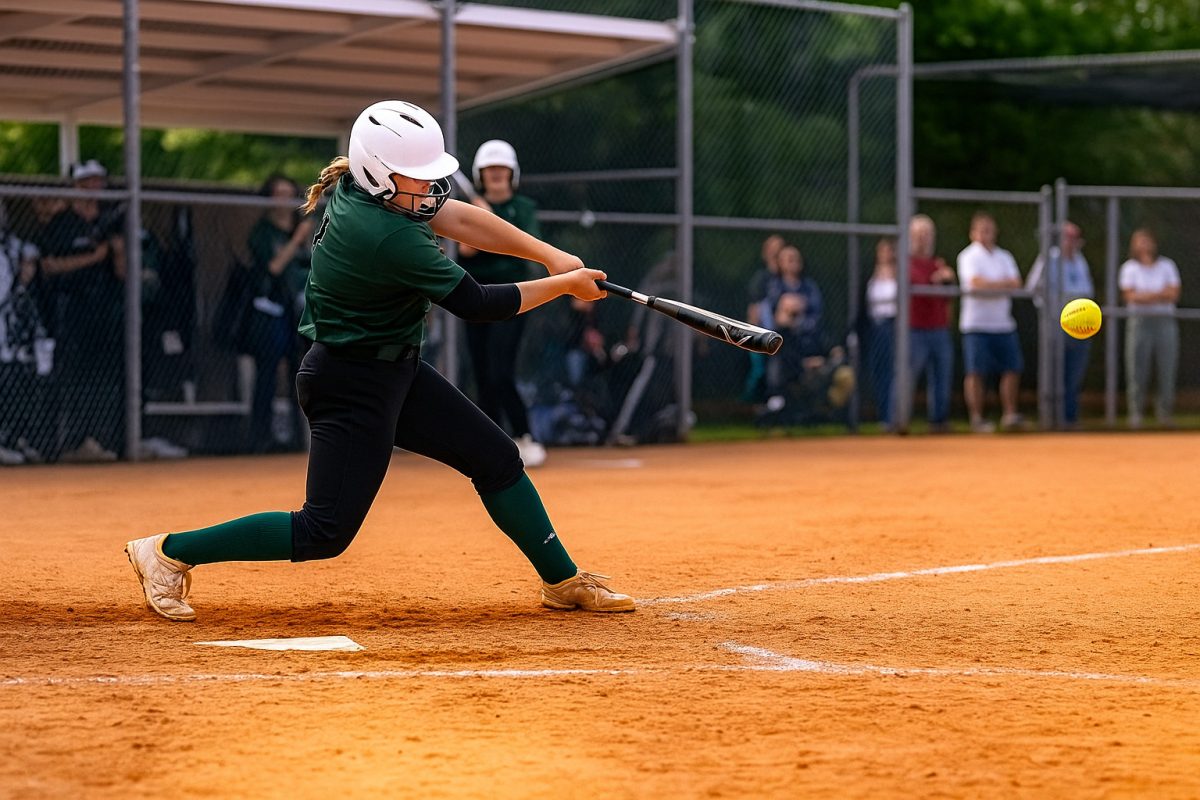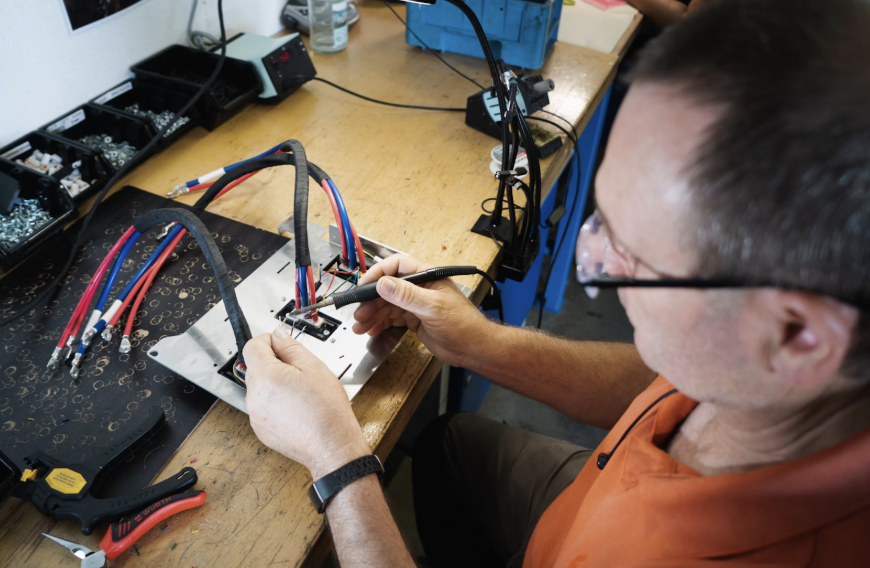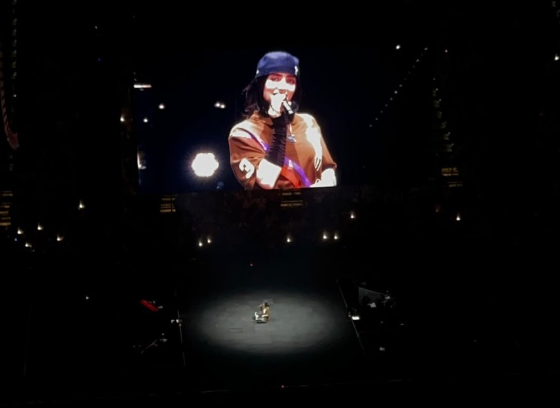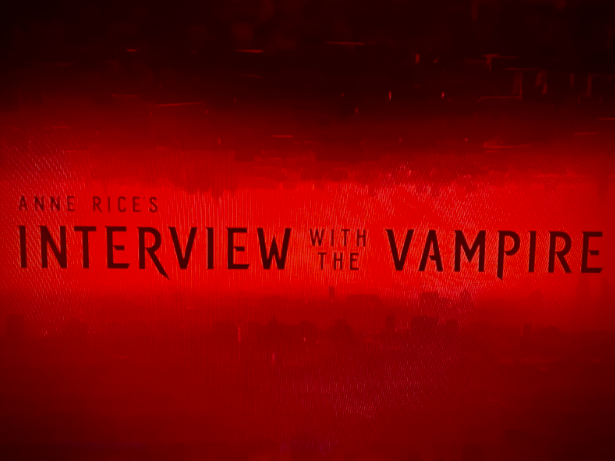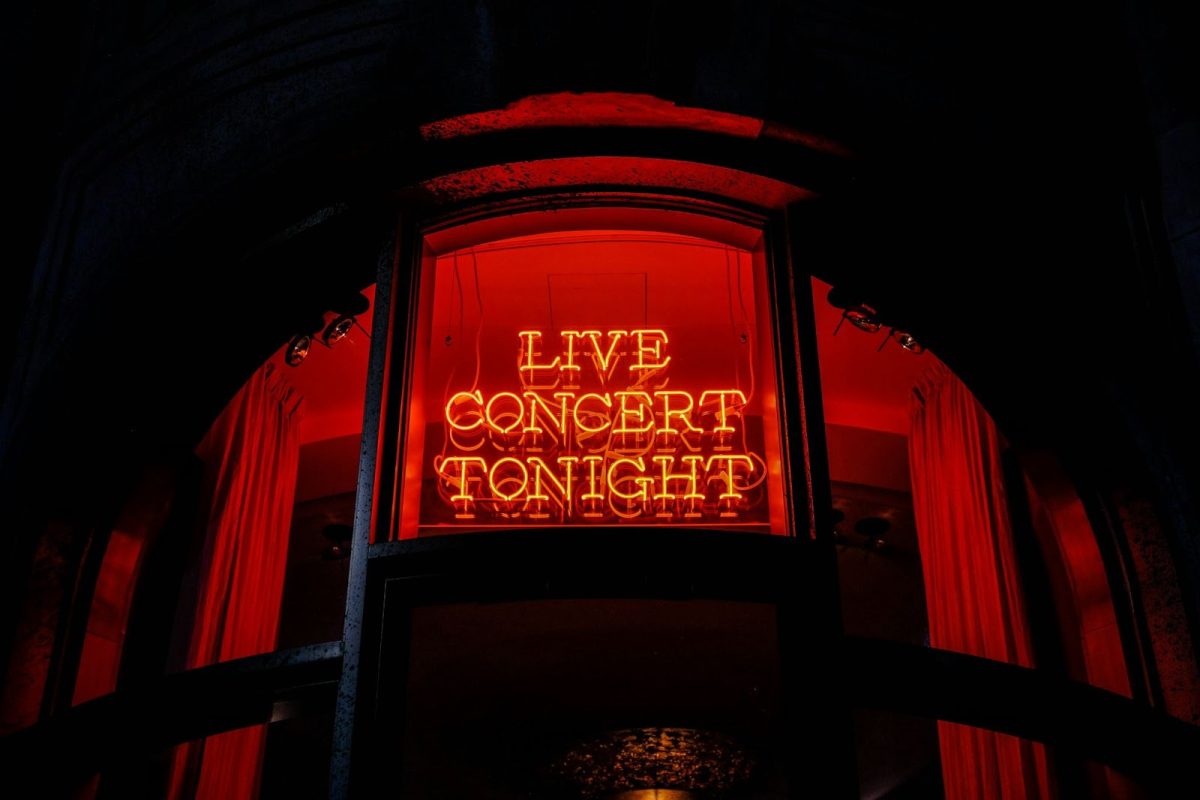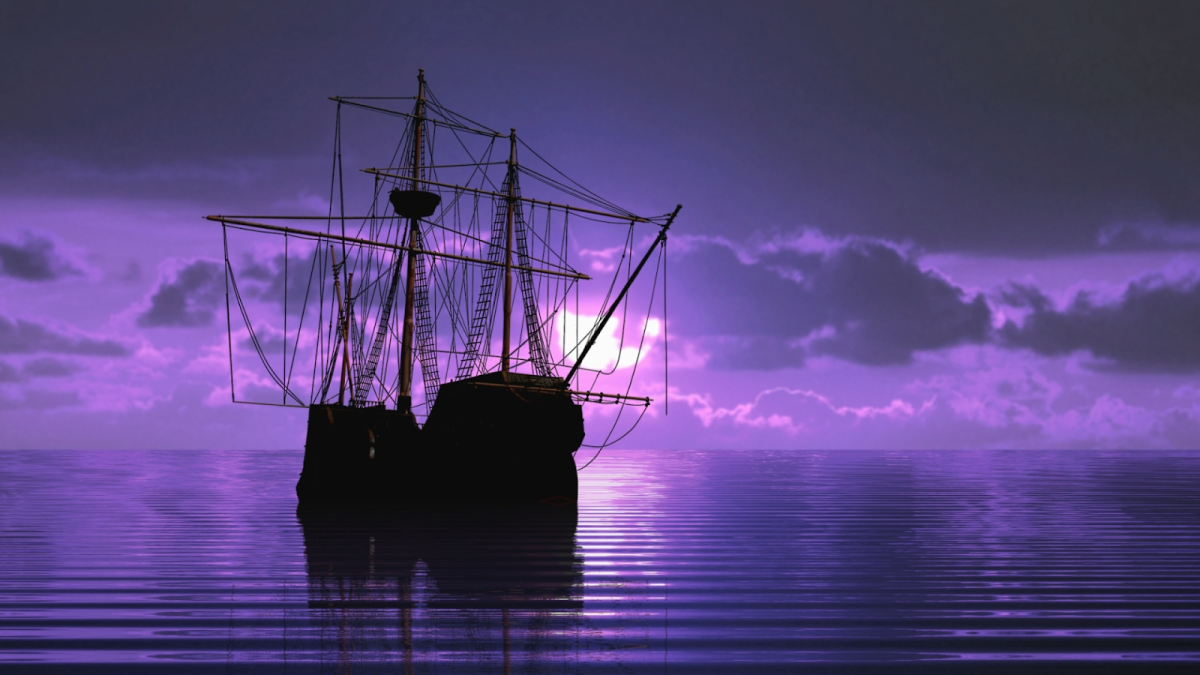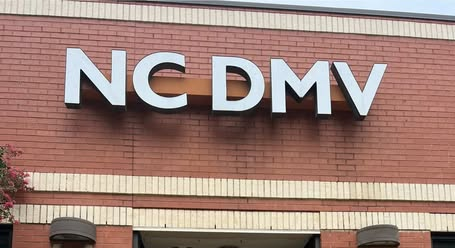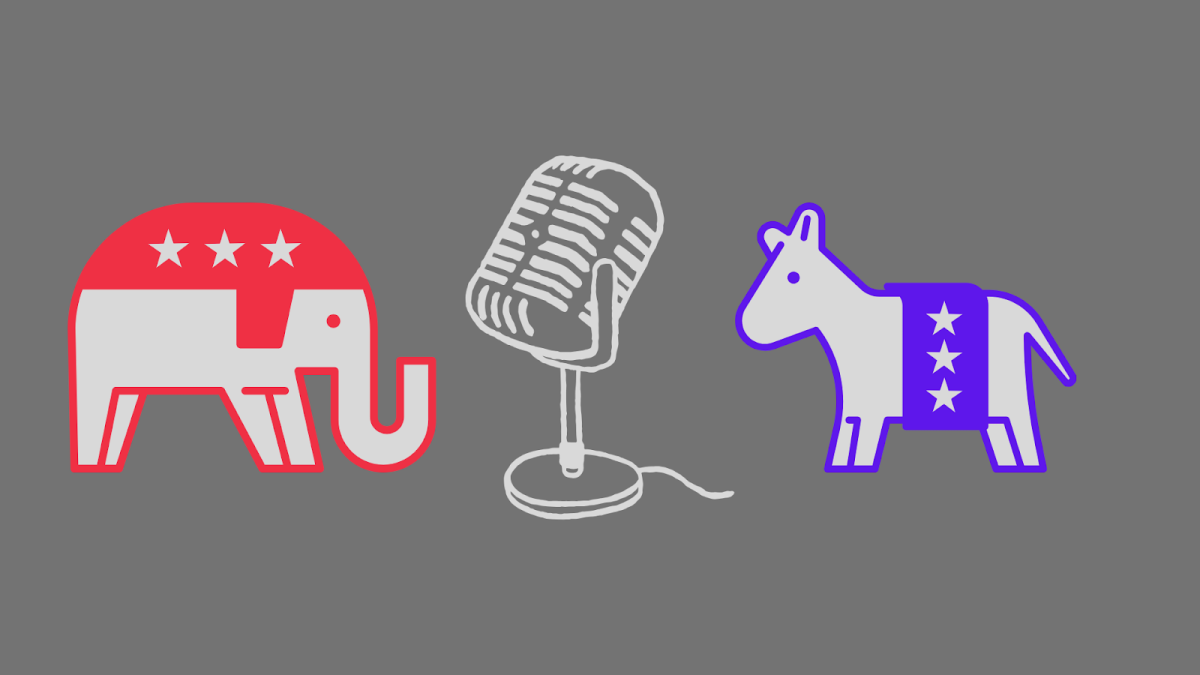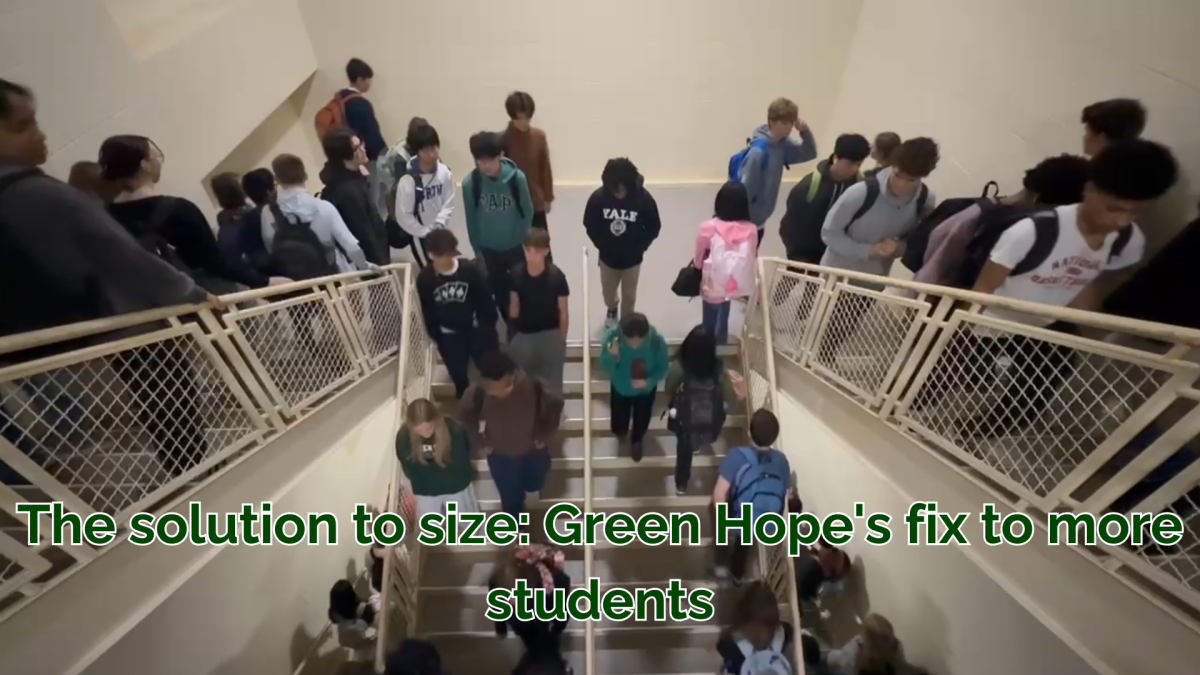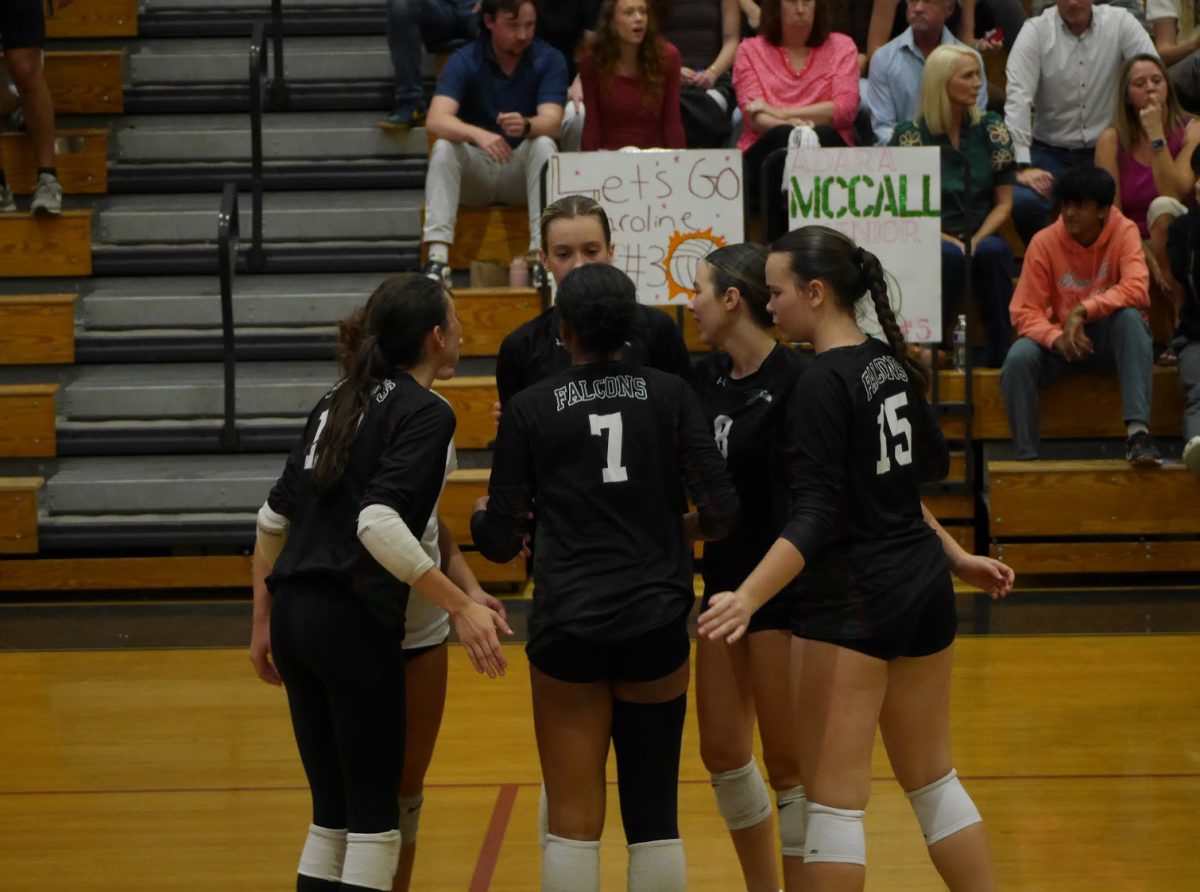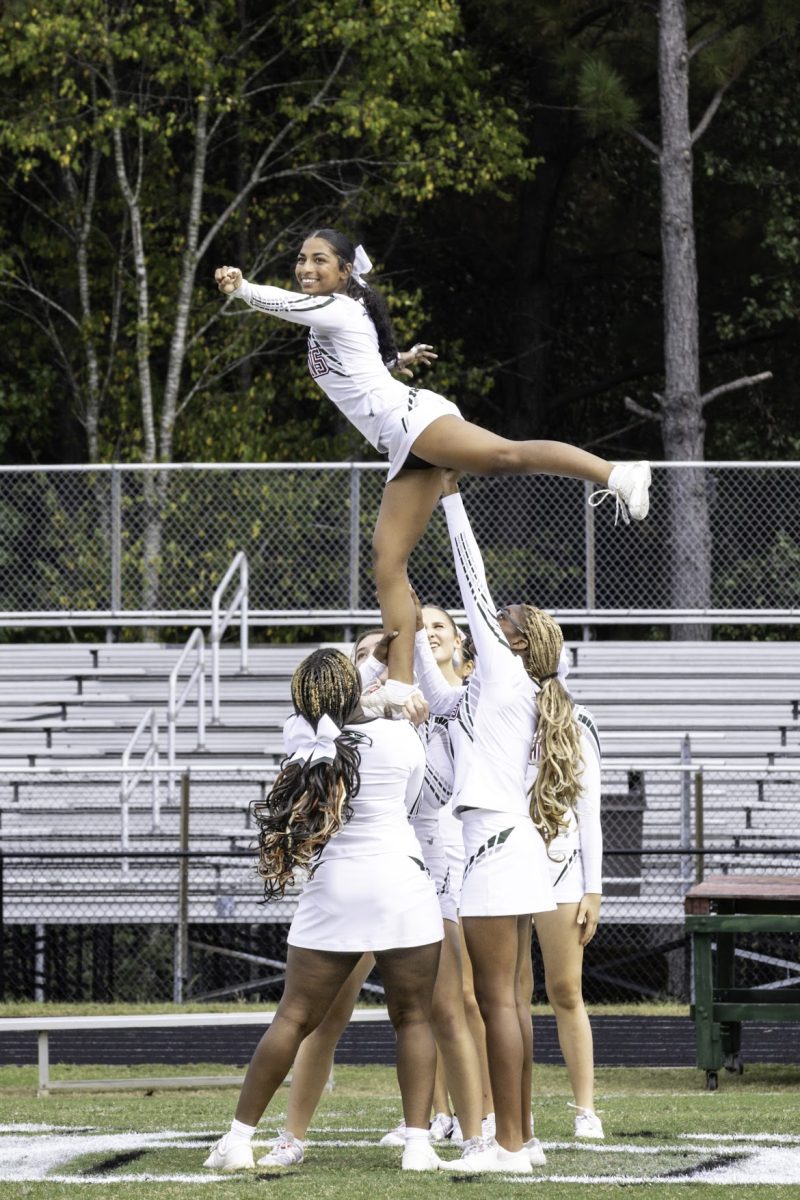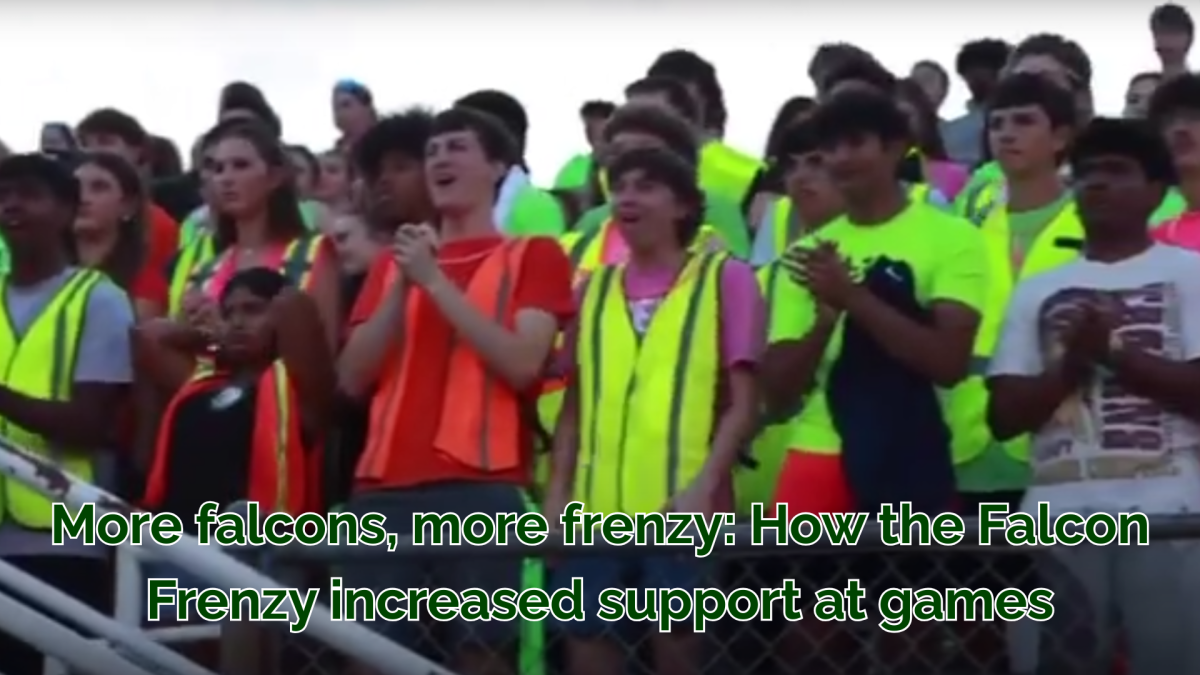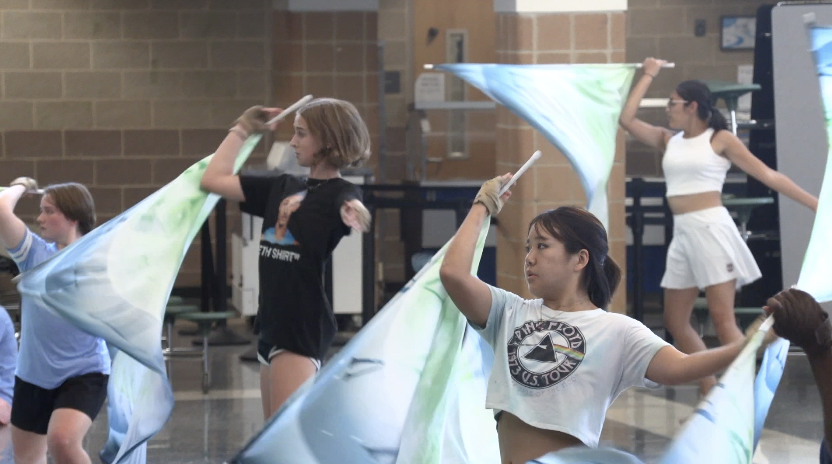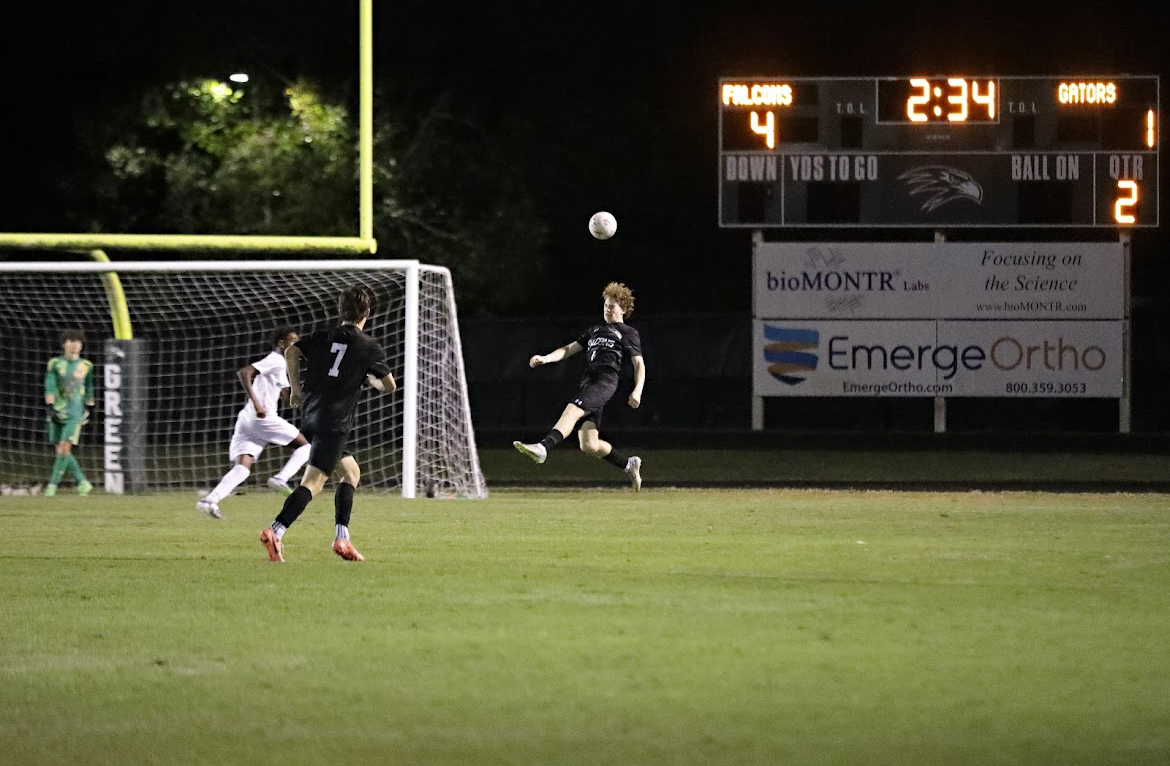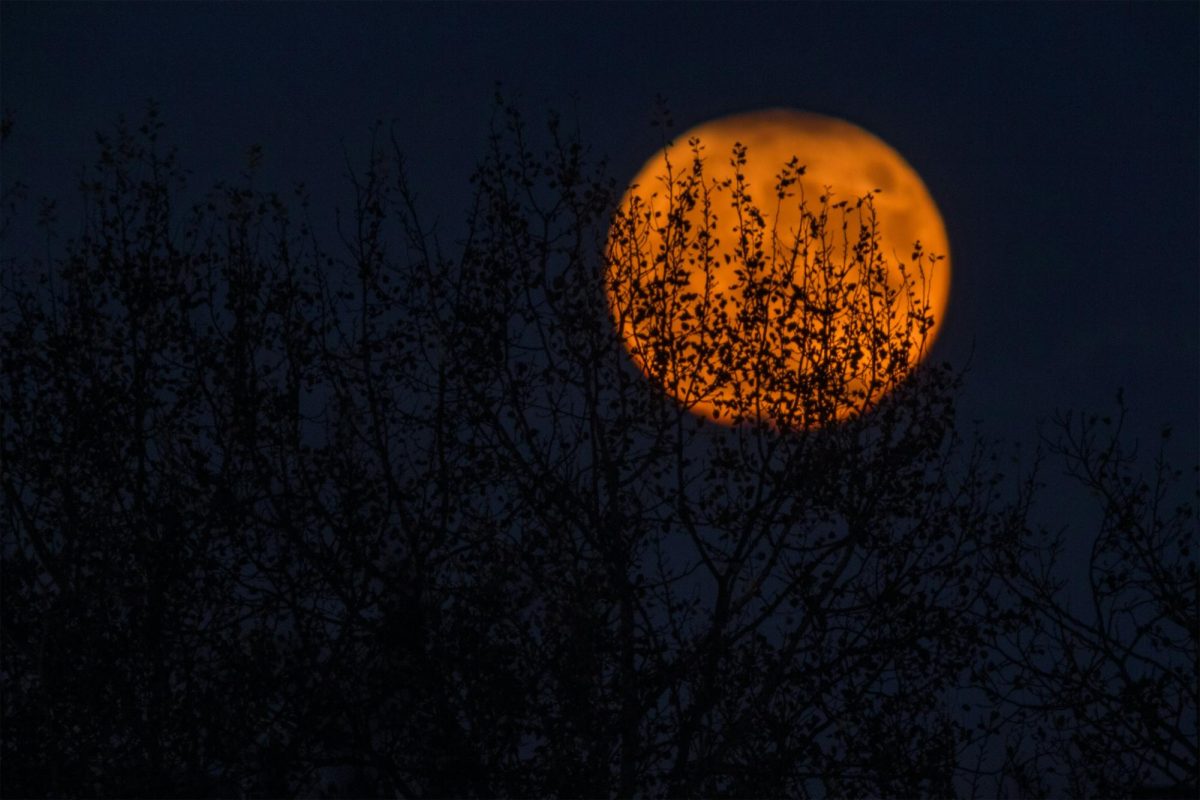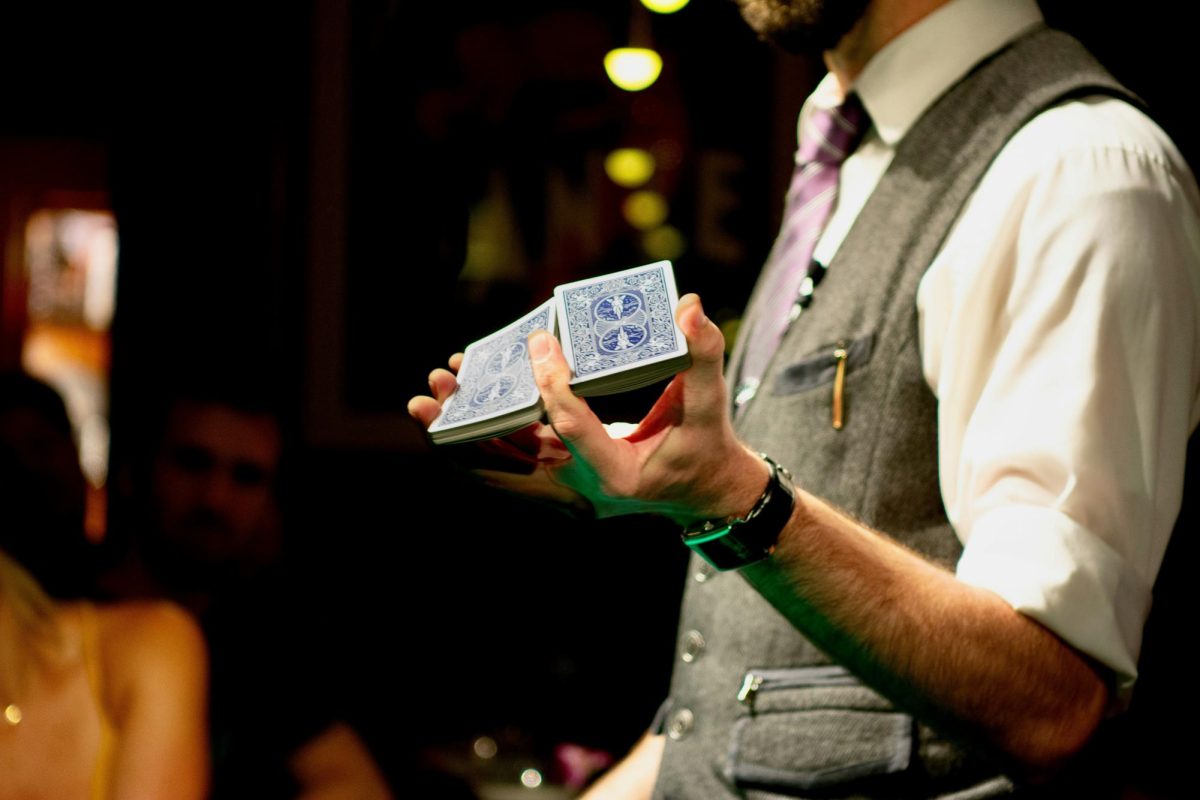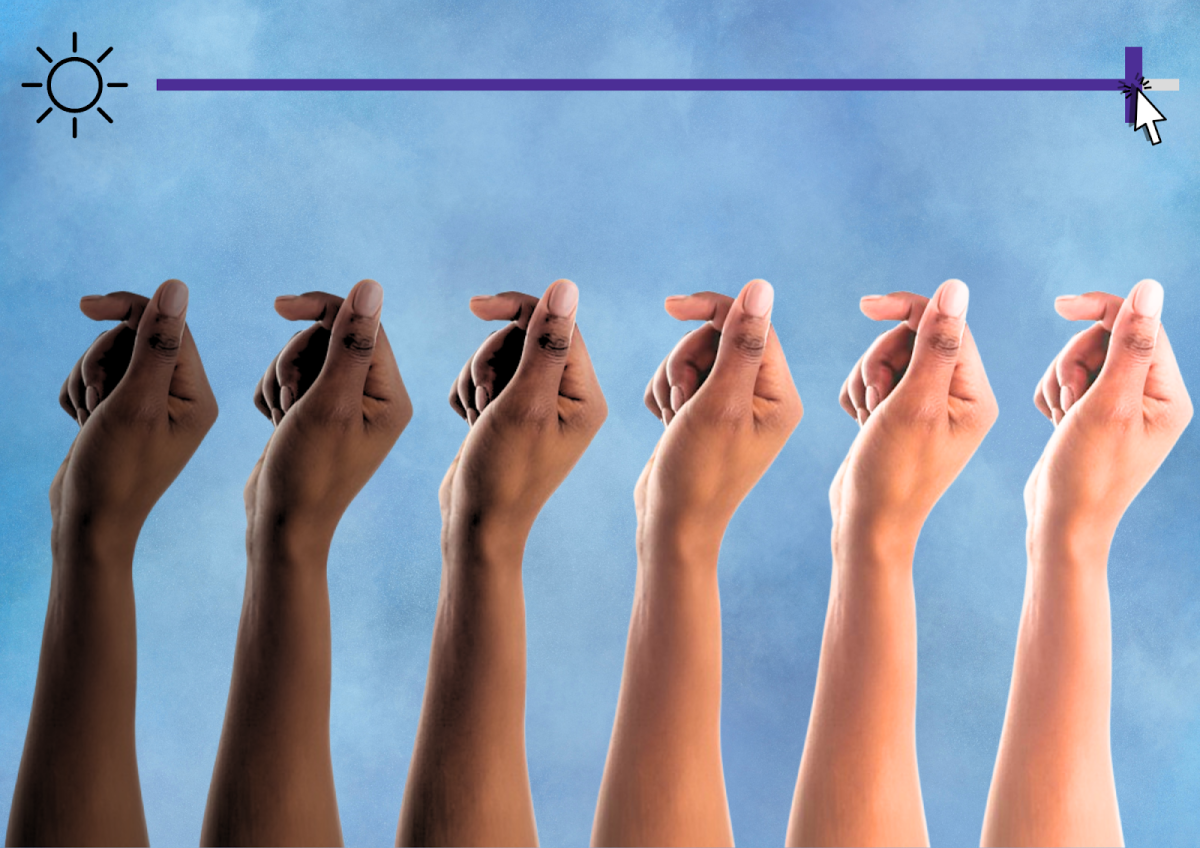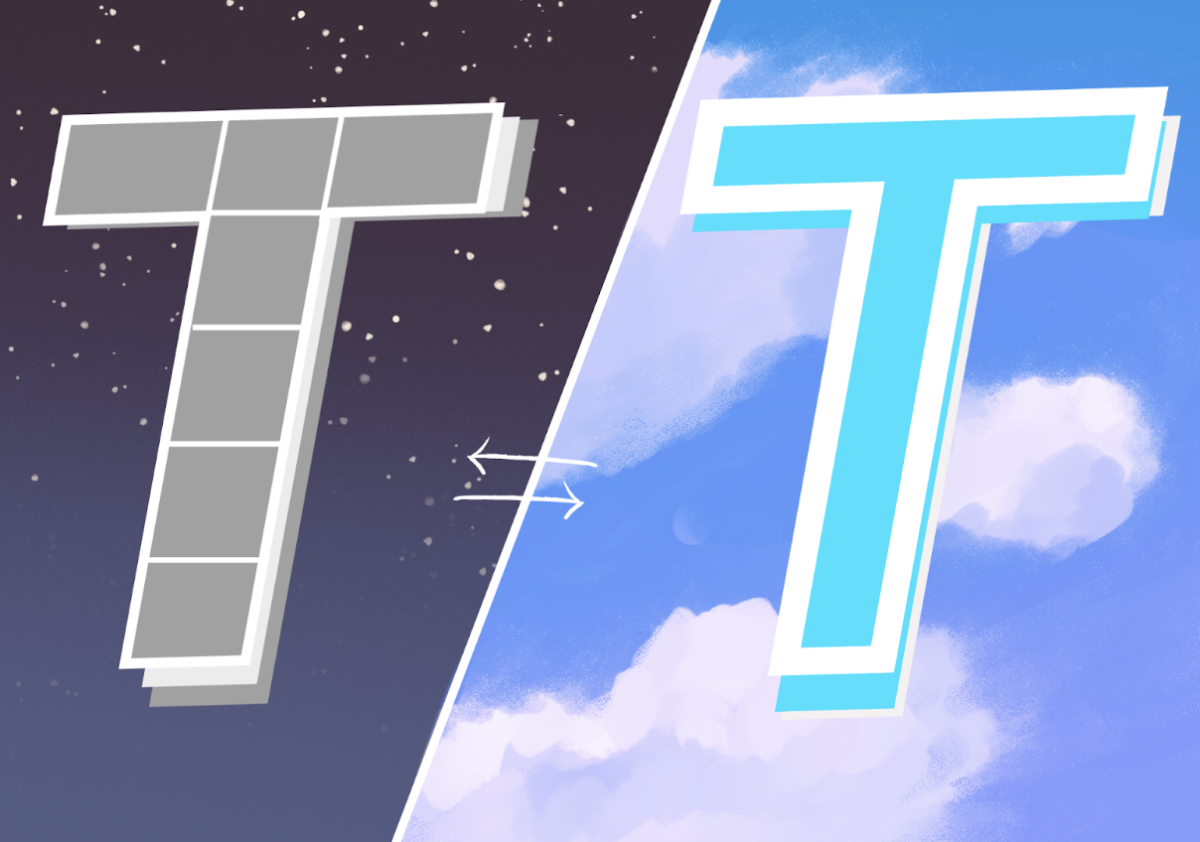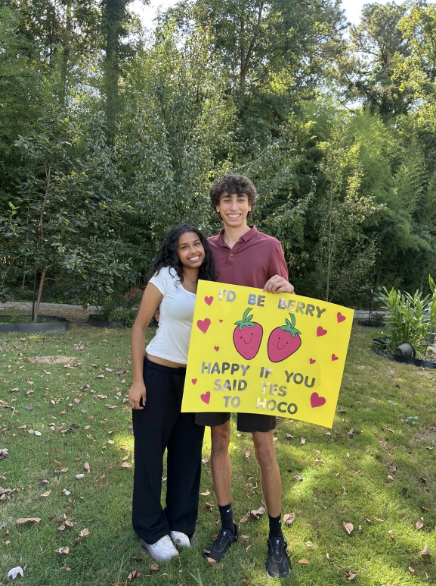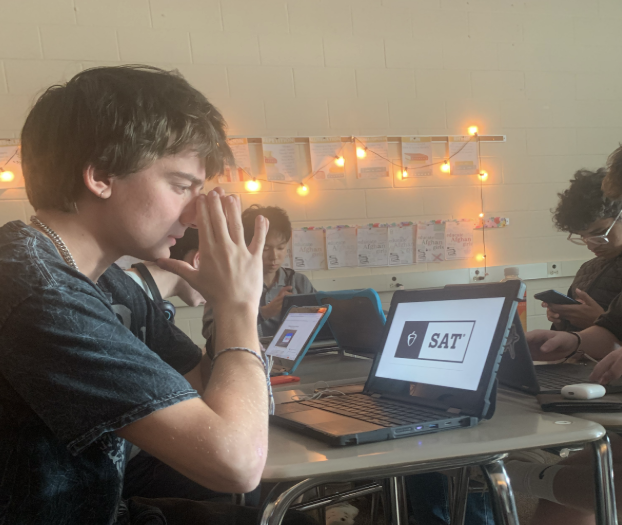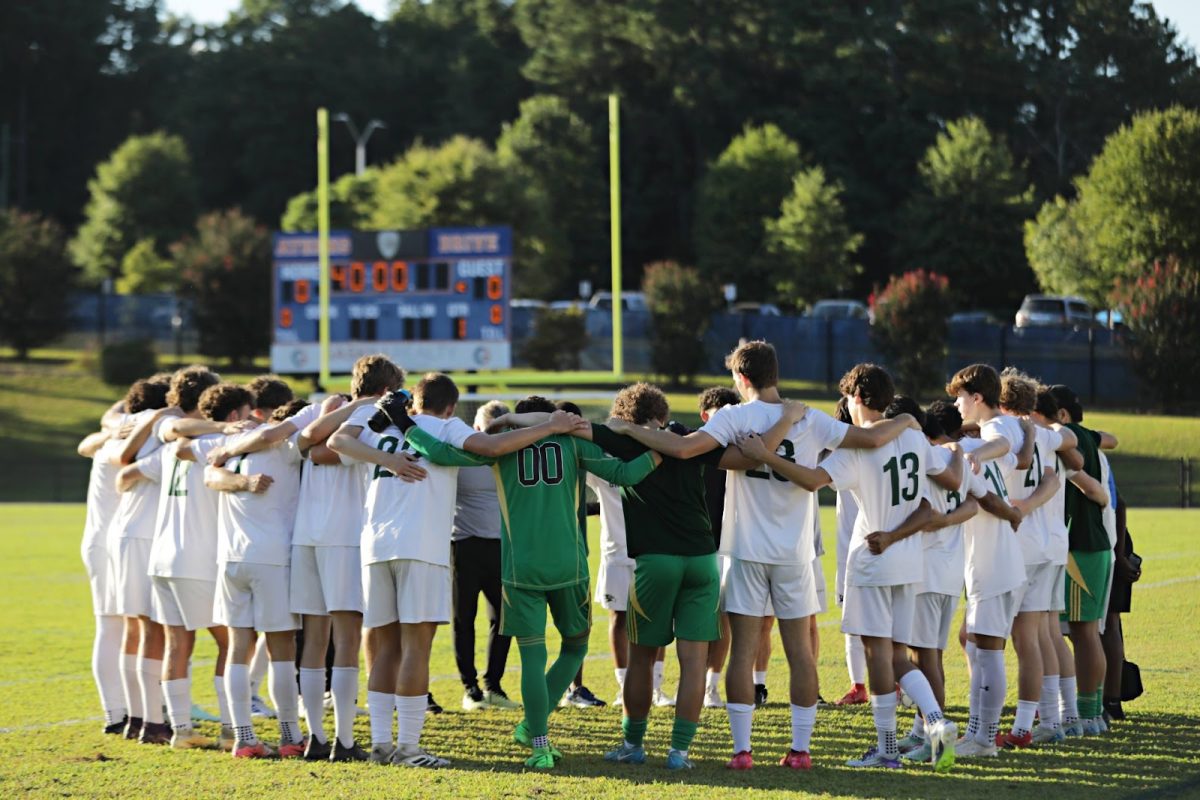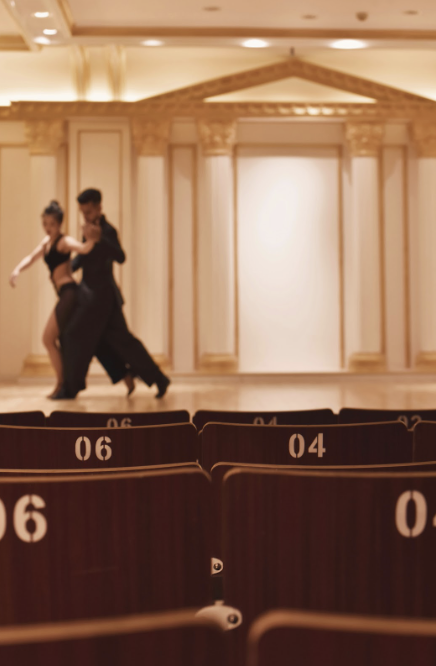When there is trouble, the Teen Titans were the ones to call from 2003 to 2006; however, to the fans of the show, “Teen Titans Go!” (2013) was the only trouble around when it was released after the original came to an end. On paper, these two shows are apparently different from each other—one excludes seriousness when needed and the other makes being serious one big joke. Recently, “Teen Titans Go!” celebrated their 400th episode, but the transition between the two shows was not exactly easy.
Before anything, there needs to be some mention of how the “Teen Titans” came to be since it became the first of the two to air. The “Teen Titans,” created by Glen Murakami, was trusted with this series after his history of working on “Superman: The Animated Series” and “Batman Beyond.”
The show was produced by Warner Bros. Animation and the series made its premiere on Cartoon Network on July 13, 2003. What really set the “Teen Titans” apart from the other DC animated series was its art style; the series looked unlike anything DC had ever animated at the time. The “Teen Titans” art style would be dubbed as ‘Americanime’ (Anime-influenced animation), some other examples of this would be “The Boondocks” (2005) and “Castlevania” (2017).
DC Comics never truly had a set-in-stone roster for the Teen Titans, some variations include Wally West while others have Wonder Girl on the team. For the show, however, the main team would consist of Robin (Scott Menville), Starfire (Hayden Walch), Cyborg (Khary Payton), Raven (Tara Strong) and Beast Boy (Greg Cipes).
During its run, the “Teen Titans” would go on to become one of Cartoon Network’s most popular programs. The show spawned a video game with the same title, collectibles, three nominations for the Annie Award and one for Motion Picture Sound Editors.
Only four seasons were planned for the series, but like many other shows that seem to find success, it got extended for a fifth season. The final episode, “Things Change,” aired on January 16th 2006. While the show finished, a TV movie, “Teen Titans: Trouble in Tokyo” released during that same year. Many fans urged Cartoon Network for a season six as some felt the final episode was unsatisfactory, but it never happened.
Five seasons was all it took for the “Teen Titans” to become a vital part in a lot of people’s childhoods with the theme song, both in English and Japanese, becoming engraved into the minds of the audience. With the “Teen Titans” officially ending, it was a surprise to no one when the show became something that many held close to their hearts as no new episodes were being made anymore.
Well—at least not the way people wanted them. On November 11, 2011, a series of shorts named the “New Teen Titans” appeared as a part of Cartoon Network’s DC Nation block with the original cast reprising their roles. Instead of the designs used in the “Teen Titans,” the characters had a chibi style applied to them. The team was a lot shorter and more cartoon-like compared to their counterparts.
There were a total of 19 shorts until the final episode which aired on October 30, 2012. There was a widespread belief that these shorts would lead to the revival of the original “Teen Titans” due to its success. However, the “New Teen Titans” only served as a way to soft-launch the newest installment of the series and prepare people for what was to come next.
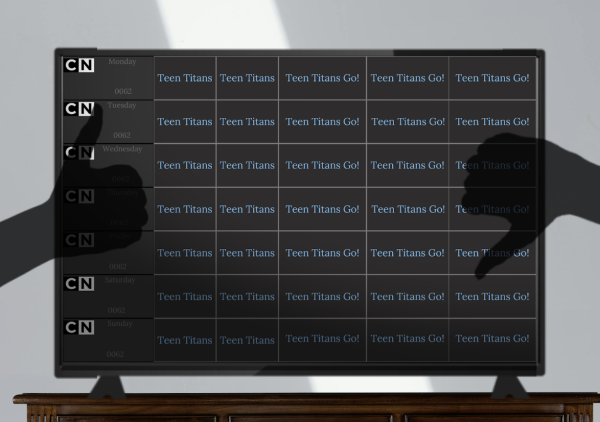
“Teen Titans Go!,” developed by Aaron Horvath and Michael Jelenic, would go on to make its Cartoon Network debut on April 23, 2013. Again, the same cast was used for the new show just like the original. The art style was completely different from the original iteration; instead of the more mature looking designs, “Teen Titans Go!” had a more cartoony look to it.
The show was met with mixed reactions, one of the main complaints was that the main characters had a complete 180 with their personalities. Robin, the cool and capable leader, became a loud perfectionist who no one really takes seriously as their leader.
Beast Boy and Cyborg had their jokes and airheadedness turned up to the highest degree, Starfire was a lot more clueless about pretty much everything on Earth while Raven’s gloomy and monotonousness was put to the forefront of her character.
Similar to many other cartoons, “Teen Titans Go!” does not have the same continuity as the original did. The show had the complete opposite feeling that the “Teen Titans” had. While in the original there were some lighthearted moments, there would also be heavy-hitting episodes such as the time Starfire faced prejudice from an alien hero in the episode “TROQ.”
In “Teen Titans Go!,” the same amount of seriousness is not met in the slightest. In the episode, “Get Serious,” Robin makes the whole team get serious after the heroes of Young Justice easily take on the H.I.V.E. The episode takes the complaints of the audience saying that “Teen Titans Go!” was not as serious as the original and runs with it.
One thing about “Teen Titans Go!” is that they are completely aware of how much people hate the show. In fact, there are numerous times where “Teen Titans Go!” fully acknowledges the “Teen Titans” with multiple references to the original. In the episode, “The Fourth Wall,” Control Freak shows the team clips from the original show and the Titans end up binge watching the entire series.
The characters then complain about why the “Teen Titans” did not get a sixth season. Also, in “Artful Dodgers,” where Starfire and Raven sing a rendition of the “Teen Titans” theme song for a dodgeball championship. Even in the movie “Teen Titans Go! vs. Teen Titans,” the original characters do not take the newer teen titans seriously before they start working together to take down The Master of Games.
One thing that “Teen Titans Go!” has that no one can deny is self-awareness. The creators behind the show know that their version is a lot more sillier than the original and own it. Whether the audience loves it or not, it is quite obvious that “Teen Titans Go!” is the cash cow of Cartoon Network, considering how much it is played on the channel.
The transition from the “Teen Titans” to “Teen Titans Go!” was not at all easy in the slightest. The in-between shorts gave people some pretty strong expectations about the original series that did not go exactly where it was expected to. The thought of the original coming back onto air only created room for “Teen Titans Go!” to disappoint.
No matter what is the opinion held in regard to these shows, both served as entertainment for different generations to enjoy. The legacy of the Teen Titans in animation continues to this day.




